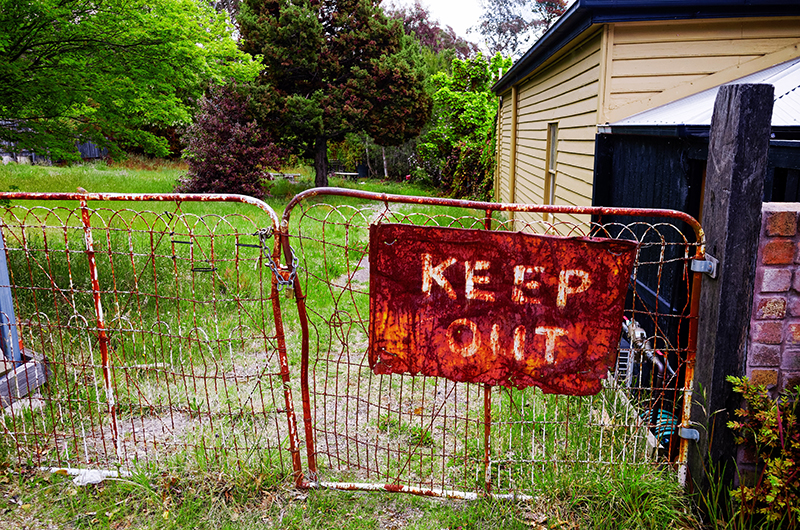I can hear the anxiety in her voice as it cracks with emotion. She’s tense; there’s a real sense of emotional investment in the answer, the answer to the question she has just asked.
“Can you save it?”
Inwardly, tree and shrub care experts often cringe at this question. Many times, the answer is “Yes!” or “Maybe…” However, just as often, the answer is “No, there’s nothing we can do at this point.”
Caring for your landscape plants can be a complicated process. There are a variety of factors to consider: the amount of precipitation we’ve had in the calendar year, average temperatures, the cyclical nature of insect populations, predator populations, soil conditions, where the plant is question is physically located in the ground – all of these play a role in overall plant health.
Here’s 3 secrets to great tree and shrub care that everyone usually misses:
1) Results Take Longer to See
Most lawn care companies offer some sort of tree and shrub care program. This only makes sense; your local lawn care company obviously cares about plants (since a yard is made up of hundreds of thousands of them), and they know that you probably care about plants, too, since you hired them.
However, customer expectations often get skewed because of their relationship with their lawn care company. For example, if you have a problem with a neighbor who doesn’t treat their lawn, and their dandelions travel across the border into your lawn, your lawn care service will likely come out between your scheduled services and treat for these weeds, usually at no charge. And you, as the consumer, see the results almost immediately – in the case of dandelions, usually within a day or two you begin to see them curling up and dying. It is as close to instant gratification as one can get with a plant.
Now, call that same company up when there’s a problem with the azaleas you transplanted from your previous home, or the dogwood you planted in memory of Grandma, and you don’t see the results right away. Oftentimes, I’ve heard from clients that treating trees and shrubs “doesn’t work” because they have “tried that before” and “nothing happened.”
Part of the problem is the expectation that company set for you, the consumer, on the front end. They are often so happy to have the business, and often times the applications are having a positive impact. The reality, however, is that no one has taken the time to understand that you, the consumer, have a different expectation based on the previous relationship with that service provider. When you have a problem with the lawn, resolution is often very quick. Trees and shrubs are different altogether.
Treating trees and shrubs can take time. Some problems are a quick fix, and regular treatment maintains the health of the plant. But, depending on the severity of the issue when treatment starts, it could even take years to see really noticeable improvement. Be sure and ask your provider how long it may take to begin to see results.
2. Timing is Key!
Another often overlooked component of tree and shrub care is that the timing often has to be right for the treatments to be effective.
I worked for a national lawn care firm that also offered tree and shrub care. I was trained on how to identify problems, and how the service we offered would help address those concerns that a client has about their landscape. What I wasn’t told, however, is that many of the issues we were selling treatment for would be ineffective; we were getting to them too late in the season.
For example, a common problem we encounter is a disease that effects many deciduous (leaf-producing) trees called anthracnose. Anthracnose is a fungal disease and can spread from tree to tree. Most trees, like oaks and maples, do okay, even when sick. Perhaps a little more water than usual will help (at the base of the tree – don’t disturb the leaves!), but that’s about it. Dogwoods, however, typically respond especially poorly to this disease. Without treatment, they regularly die.
The catch is this: anthracnose on a dogwood needs to be treated very early in the spring. A fungicide application right when the leaves emerge (called “bud break”) and again at least once, about 10-14 days later. This (ideally) prevents the fungus from spreading to the point where it can do major damage to the tree.
The point of this quick horticultural lesson is this: the damage from this disease typically won’t show up until late May, at the earliest. It can often be seen and identified from that point on until the leaves drop from the tree. By that time, it is far too late to do anything for the tree except intentionally irrigating it, and some fertilizer in the fall.
Timing for dogwoods isn’t the only problem we run across. Many other plants that are common in Pennsylvania landscapes have similar timing concerns: azaleas, Eastern hemlocks, pachysandra, and ash trees are just a few of the plants that require specific timing to address the issues that ail them.
3. Treating Trees and Shrubs adds Value to Your Property
This is often one of the most overlooked areas of any homeowner’s property. But, the reality is that when you do decide to sell you home (at some point we’ll all have to do that), the landscaping does matter. In fact, according to an article in Turf Magazine (hyperlink on “Turf Magazine: https://www.turfmagazine.com/services/landscaping-actual-home-value/), “…the value added by a landscape upgrade from average to excellent increases a home value by 10 to 12 percent.” Also cited by consumers in this study was the importance of the design itself, and plant size (maturity). Basically, when you ignore your landscape plants, and you have to replace your trees and shrubs, you’re damaging the overall property value. According to an article by the New York Times, “There is a reason so many Americans choose to develop their net worth through homeownership: It is a proven wealth builder and savings compeller.” (https://www.nytimes.com/2017/05/09/magazine/how-homeownership-became-the-engine-of-american-inequality.html ) When you neglect the trees and shrubs, you’re hurting that investment.
I cannot even begin to tell you how many times I’ve personally had conversations with homeowners over the course of my Green Industry career about this specifically. The conversation often goes like this…
Homeowner: We just moved in a few weeks/months ago.
Me: Congratulations! That’s great!
Homeowner: Thanks! Yeah, we’re pretty excited.
Me: So, what are you doing with the lawn and landscape?
Homeowner: We haven’t really thought about that just yet. We’re trying to get furniture settled/get kids enrolled in school/figure out my new commute to work. [You, the reader, get the idea.]
Me: Okay, well, that’s why I get a paycheck. I can help with that, so you don’t need to think about it!
Homeowner: Well, I’ll give you a call when I have time to get around to it…
Homeowner [two years later]: I told you’d I’d call! I’ve gotten a promotion/job relocation/parent that needs care, and we need to sell the house! How much is it going to be to get my lawn in shape?
Me: {gives quote for lawn maintenance and tree and shrub care}
Homeowner: Holy smokes!! That’s expensive!!
Me: Yes. It is. It would have been less expensive to start it off the right way, and then simply maintain the property, which would have added incredible value to the largest investment you will make in your lifetime. Instead, you had to focus on that sectional from Ashely Furniture before you could be bothered about the landscape, sooo….yeah….
Okay, so I’ve never really had that last part of the conversation with a potential client. I’m too professional for that. However, that’s the reality of what many lawn and landscape professionals would like to tell their clients. The old adage holds true that “An ounce of prevention is worth a pound of cure.”
Here’s the bottom line: you need work with a professional who can set the proper expectations for results and you need to consult with them on the proper timing for those applications based on your specific property. Doing this will preserve your investment in your property, which is always a good thing.
If you’d like to talk further with us about a free consultation for your trees and shrubs, we’d be happy to talk to you!
The post 3 Secrets of Tree and Shrub Care Everyone Misses appeared first on Tomlinson Bomberger.
from Tomlinson Bomberger http://ift.tt/2oc7hyH
The purpose of Geek Estate’s mastermind community is two fold:
The majority of longer strategy, analysis, and trend pieces I formerly wrote publicly on this blog, I now publish in a newsletter for mastermind members. In this week’s member newsletter (#18), I took a deep dive on Knock’s home trade-in platform (& the broader iBuyer/iSeller landscape) after a conversation with their CEO Sean Black. If you want to read it, and future newsletters, please apply for membership below.

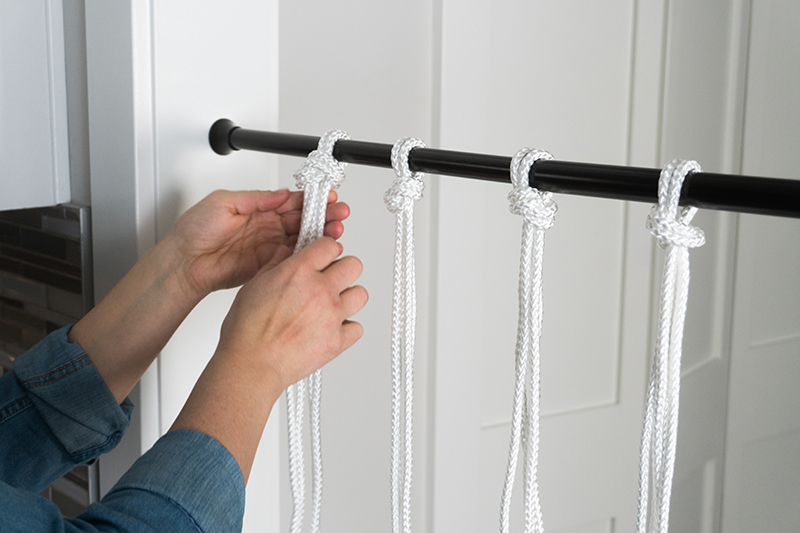

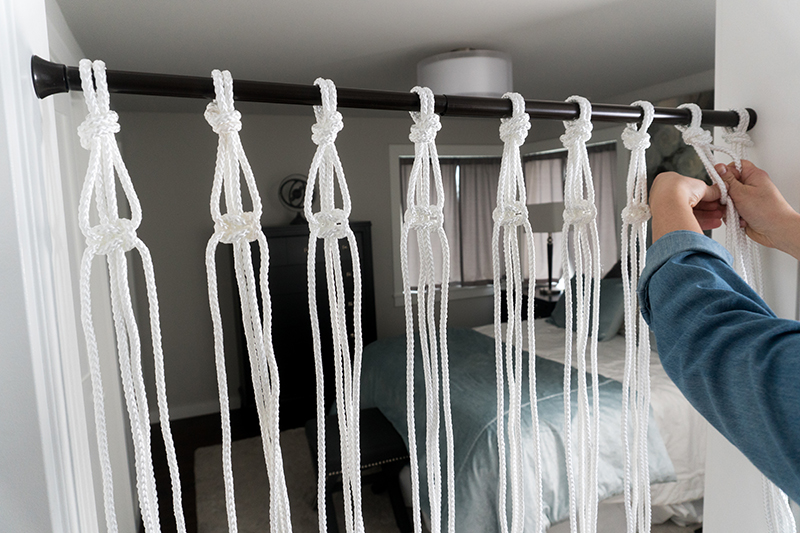
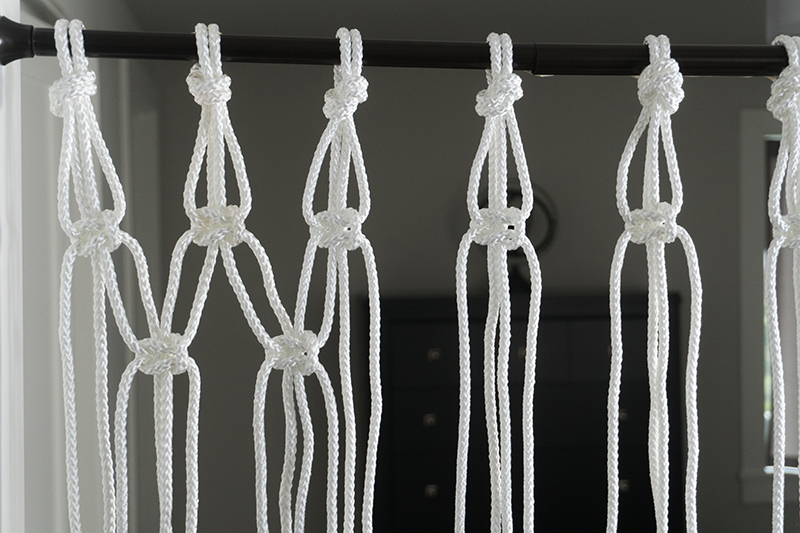
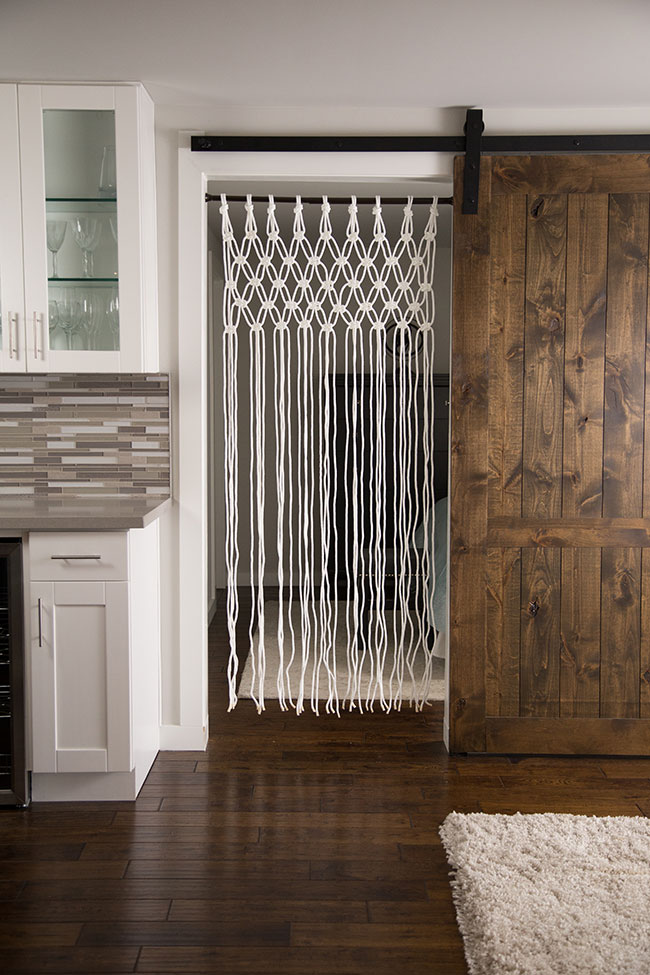
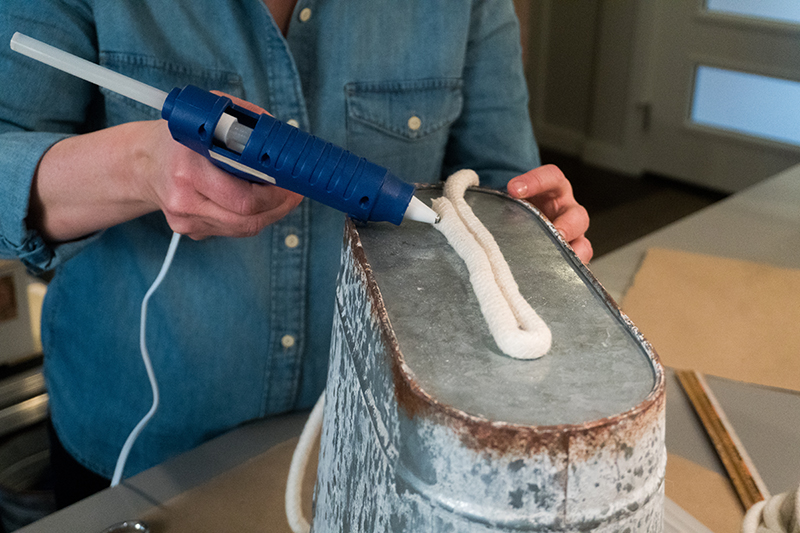
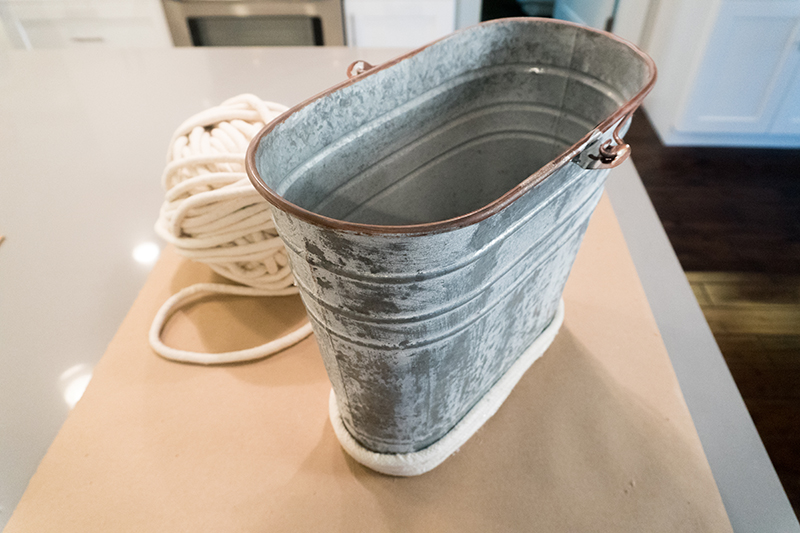
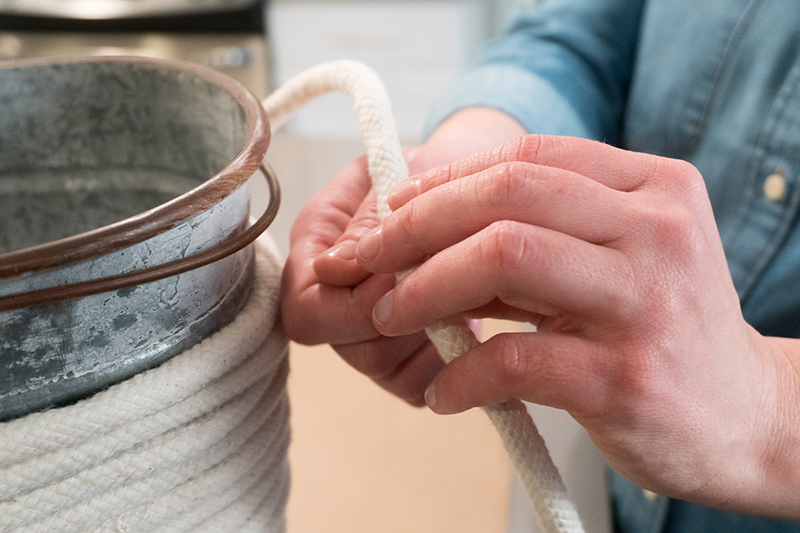
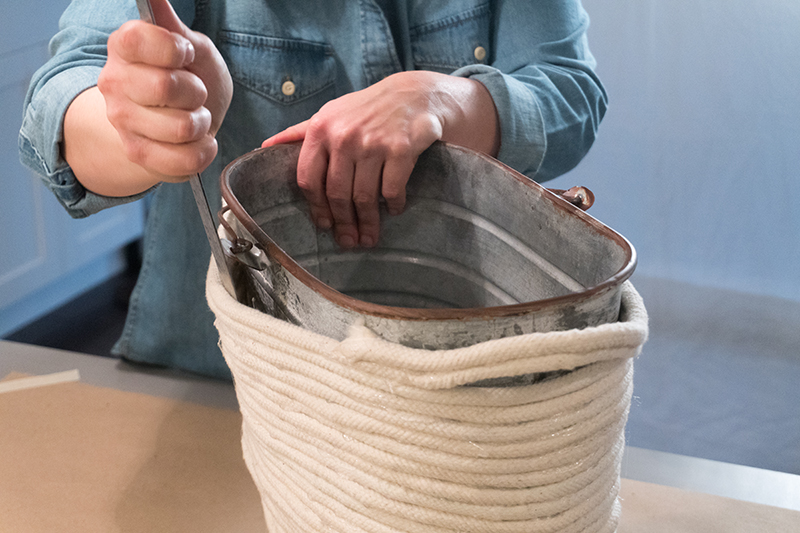

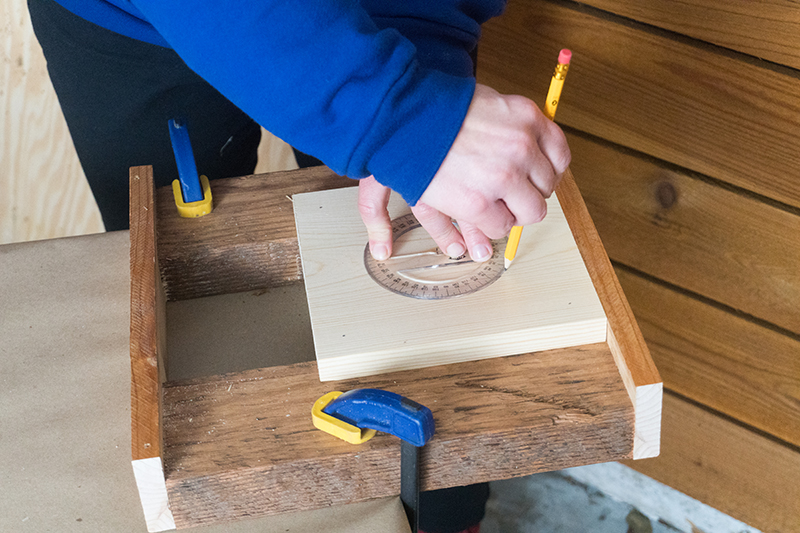
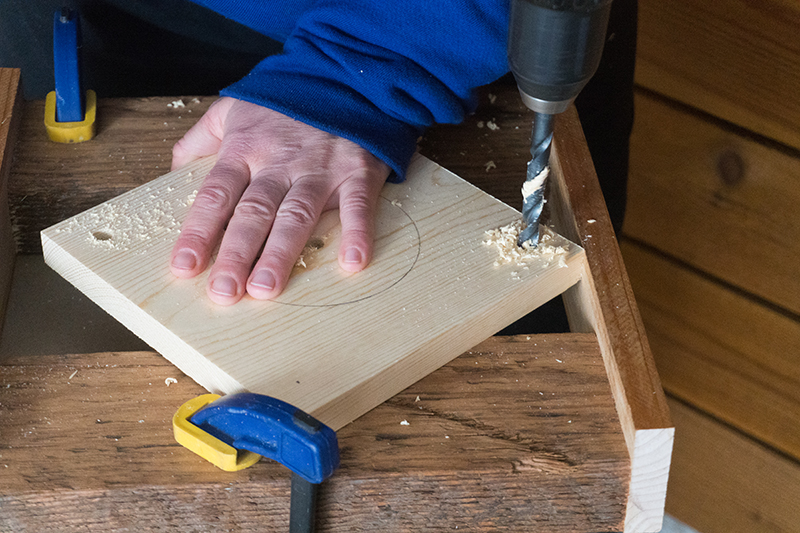
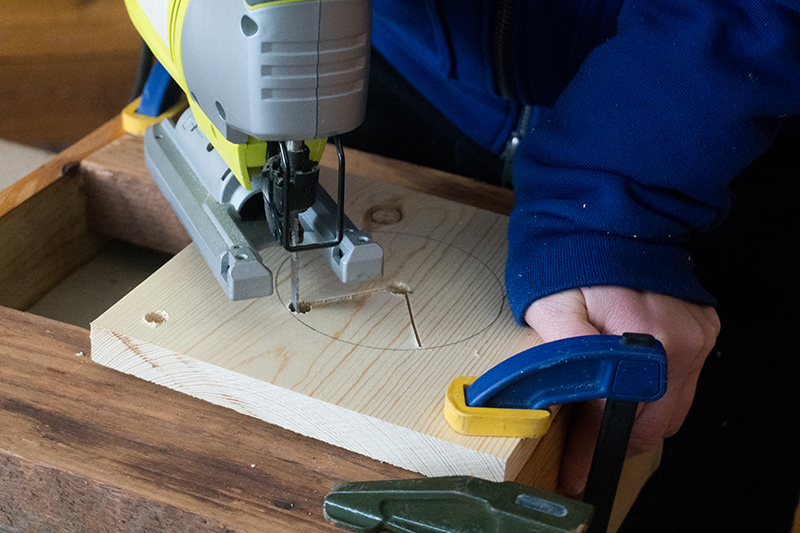
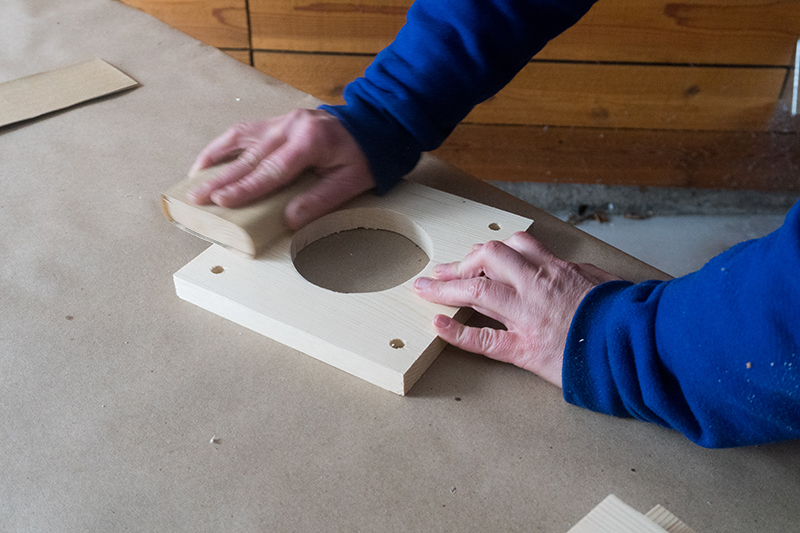
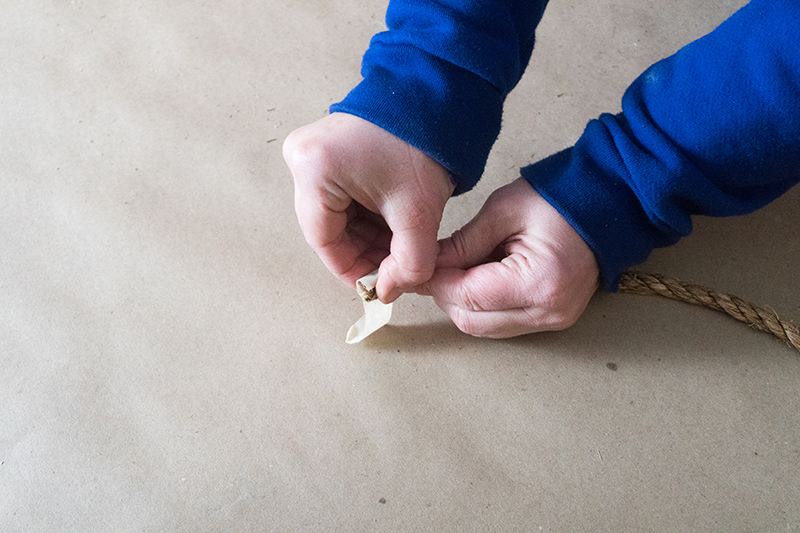
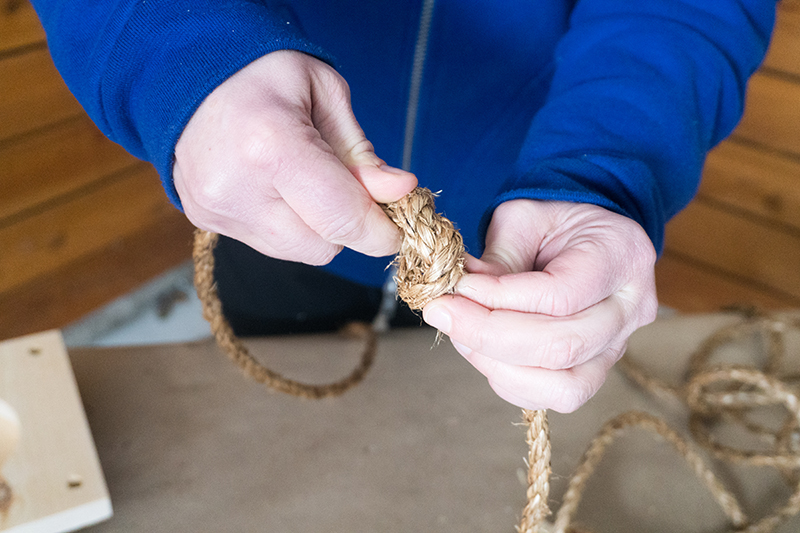
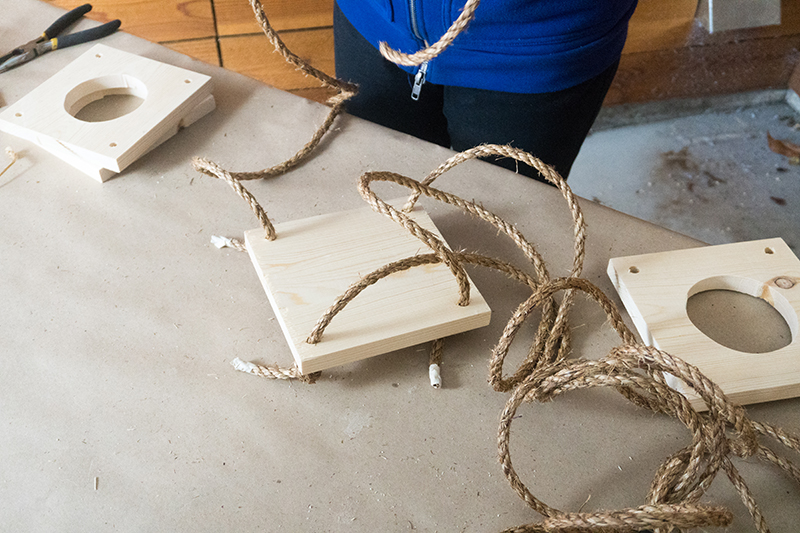
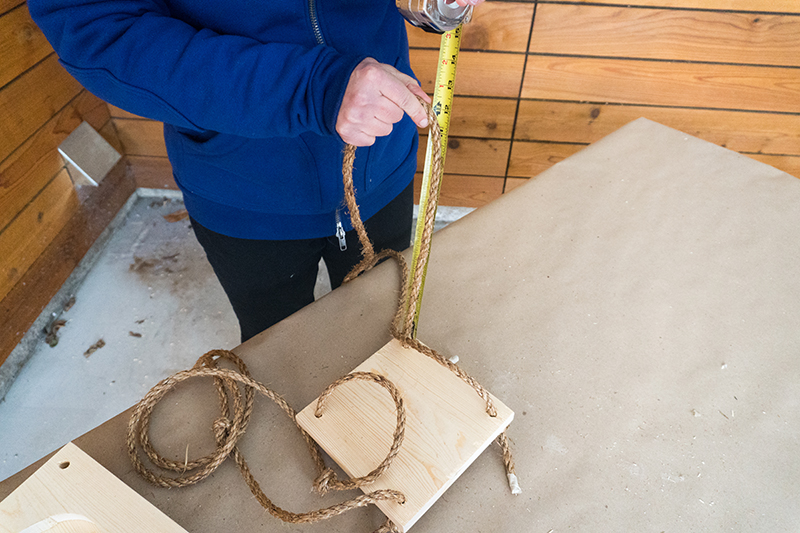
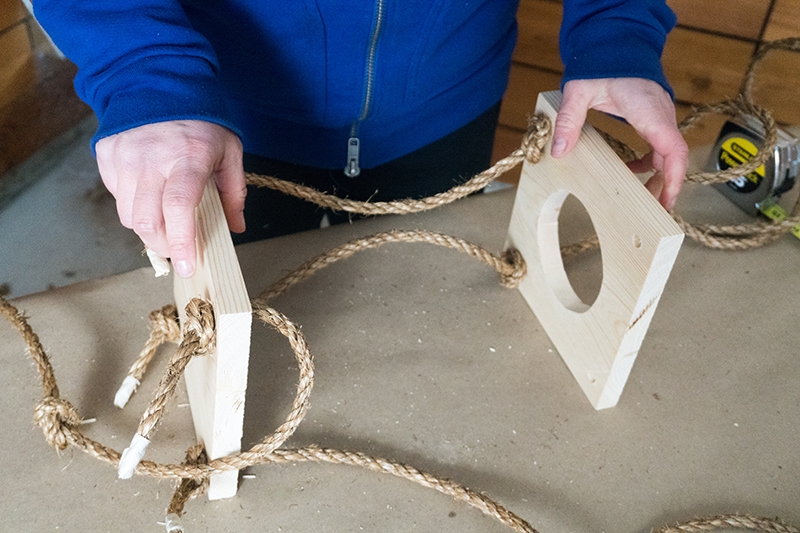





 We’re constantly looking for great real estate tech entrepreneurs to feature. If that’s you,
We’re constantly looking for great real estate tech entrepreneurs to feature. If that’s you,  Photo by
Photo by  Photo by
Photo by 


